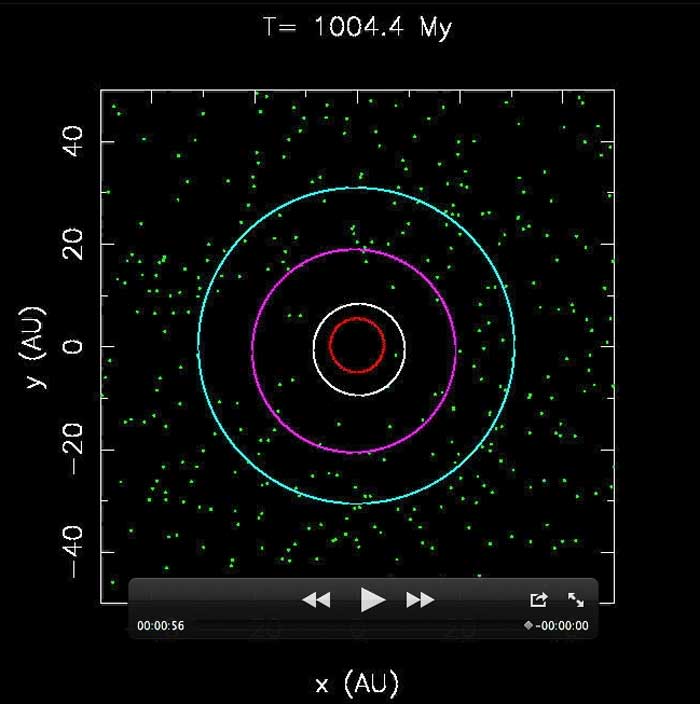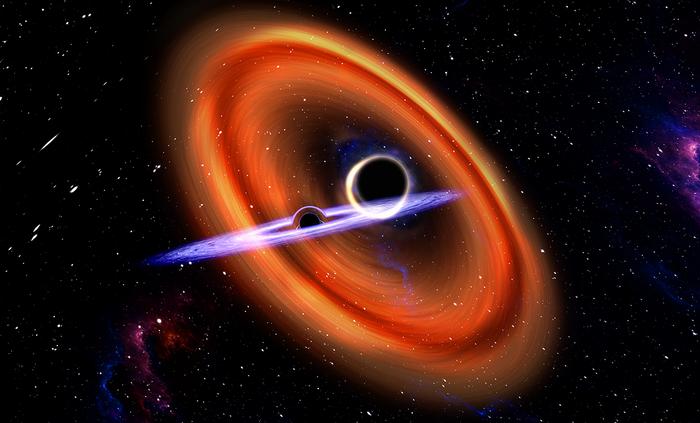Key Takeaways:
- A 2005 Nature publication detailed a computer simulation of early solar system evolution, known as the Nice model.
- The Nice model posits initial closer orbital proximities for the outer planets (Jupiter, Saturn, Uranus, Neptune) compared to their current positions.
- The simulation included a substantial planetesimal disk extending beyond Uranus' initial orbit and modeled a 2:1 orbital resonance between Jupiter and Saturn as a key driver of planetary migration.
- The model's success stems from its capacity to explain several observed solar system characteristics, including inner solar system bombardment, the current positions of Uranus and Neptune, and the presence of Jupiter's Trojan asteroids.
On May 26, 2005, in the journal Nature, a team of planetary scientists published its results from a computer simulation of the early solar system. Some 7.5 years later, the Nice model remains the best theory that astronomers have of our planetary system’s evolution. According to the model, the outer planets started life much closer to each other than they are now: Jupiter at 5.45 astronomical units (an AU is the average Sun-Earth distance), Saturn at 8.65 AU, Neptune between 11 and 13 AU, and Uranus between 13.5 and 17 AU. The simulation also included a thick disk of planetesimals ranging from just outside Uranus out to about 35 AU.
The team watched the model evolve through time. Jupiter’s and Saturn’s orbits passed through a 2:1 resonance, which “kicked” the ice giants farther out into their current positions. This movement also scattered planetesimals and thinned out the disk. An important reason for the model’s success is that it explains many observed properties of the solar system: the bombardment of the inner solar system, both Uranus’ and Neptune’s locations, and Jupiter’s Trojan asteroids.
You can view a movie of one of the Nice model team’s simulation run below.










